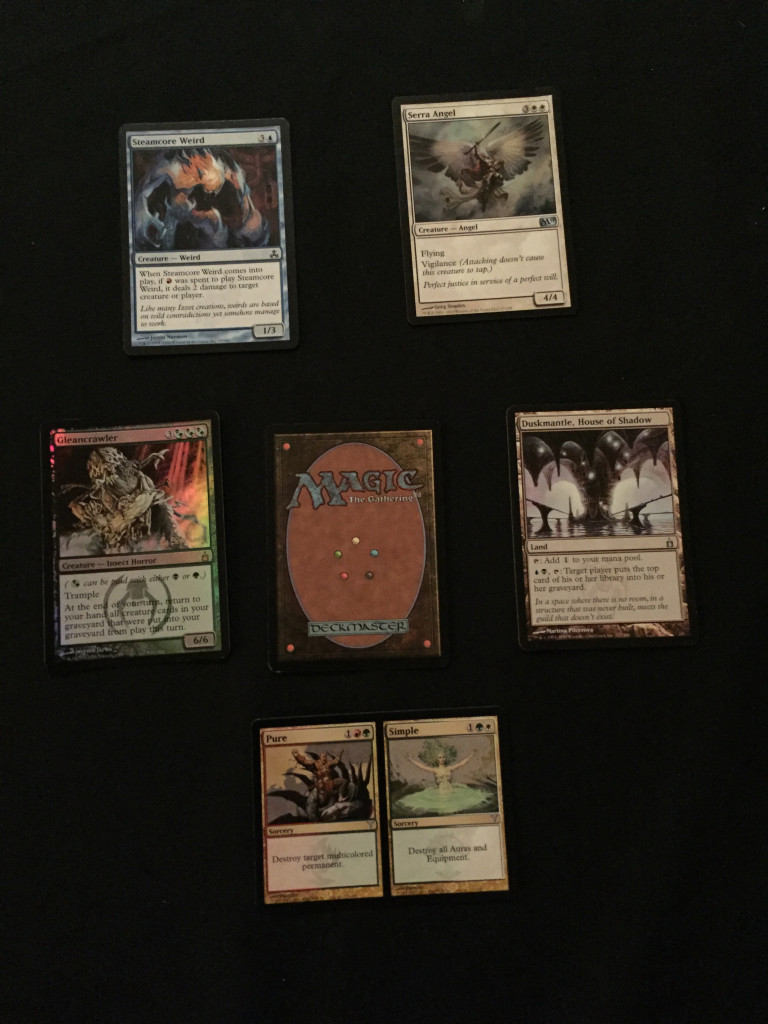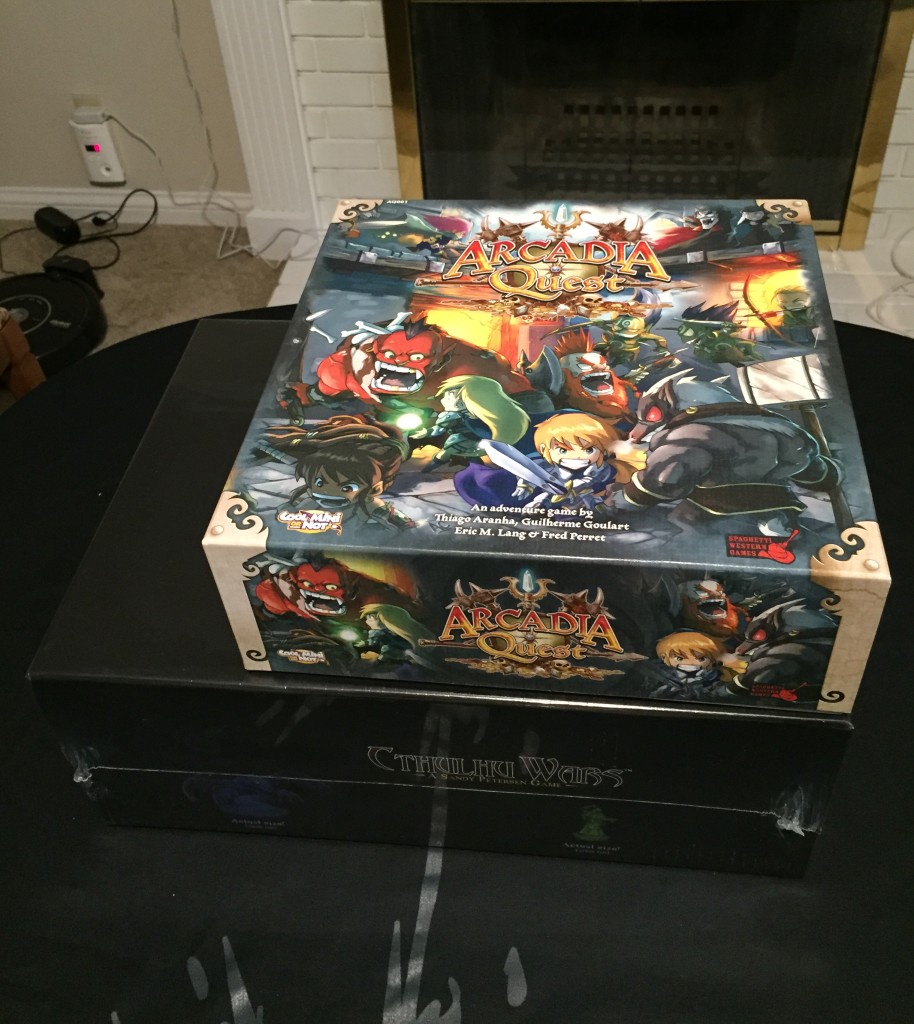If you have followed a normal career progression through finance to make it to CFO, you probably worked with investment bankers at least once along the way. It is possible you did not, maybe you are at a start-up that is just now successful enough to go public or do some form of pre-public fund raising and you are dealing with bankers for the first time. It is a fallacy to believe that working for a big company means you would have worked with investment bankers as you climbed the ladder as normally only the Treasury department and the CFO do that, division finance staff normally are not involved. Even if you are involved, it is as a data source, not negotiating the deal. Mid-sized companies tend not to have formal Treasury departments and are a lot more egalitarian, so a much better chance of gaining some experience.
This blog is about working with the bankers themselves. Each investment bank is different and has resources far beyond the bankers that directly cover you, but you will probably never see the rest of the bank, just the small staff that covers you and the few people within their bank that they introduce you too. I try not to be too caught up in the name of the bank they work for and focus more on what my coverage team can deliver. Obviously, there are different tiers of banks, but which ones want to serve you is already at least partially driven by your company size. There just is not enough business for larger investment banks to devote resources to smaller companies.
Investment banks and their bankers get a lot of negative press. The recent, Oscar nominated film “The Big Short” is a good example. They usually are a topic in just about every major political campaign, and populist anger is stirred up against them. The current hit musical “Hamilton” has some of the Founding Fathers attacking them as doing nothing but moving money around. At the end of this blog, I will link some books that are quite critical on bankers and their culture. I can tell you that I have worked with quite a few bankers over my career and I have cannot remember working with any that are like the tell all books I have read, but the banking culture certainly is a culture into and of themselves. I will also link a few more “studious” books as well, if only for balance.
Let’s start with describing the three types of bankers you are likely to work with. The first, and most important, in your coverage banker. The leader of that team is almost always a “managing director” and typically has a small team that works for them. The MD is usually an industry specialist but otherwise a generalist. The next type of banker that you are likely to meet is a product specialist. There are many different products that a bank can sell to the market or to you and the product specialist is the one that supports the MD in pitching the products. Examples are syndicated loans, hedging instruments, convertible bonds, asset backed securities. The bank probably has someone who specializes in that product. The final banker that you are likely to meet is someone from one of the “desks”. This may or may not be one of the specialists that came to sell a product to you, but the important ones you want to meet are the heads of the Equity Capital Markets desk or the Debt Capital Markets desk.
The “desks” are always a little hard to understand, but the easiest way to think of them is that they run the sales force that will be selling your instrument to investors and they are the ones that decide on how it will get allocated between the bank’s customers (not you in this case).
What is very important here is that your coverage banker must be experienced and have clout internally. If you do a deal run by that bank, you need to best and most experienced team executing the deal and the relationship that the coverage banker has with the desk is key. A good relationship can result in above average resources devoted to your deal. A bad relationship or lack of clout in their bank and you might get the the C team and so-so execution.
One question that I get from time to time is how do you even get covered by a bank or bankers so you can get access to them and their resources. I find that question a little strange because bankers survive on fee income. So if there is a way for them to earn a reasonable fee, you should be able to get the attention of a banker. The main way to meet a banker up front is through your lawyers, accountants or through your investors if you are VC funded. If you have a deal for them or a good possibility of a deal in the near future, you will get some attention at least. If you actually have a transaction like an IPO, you can do a “bake-off”, and get a few banks to compete for your business.
Choosing a banker
Let’s say you have had your bake-off, or you have met a few bankers and now you are trying to decide which one to go with. I’ll try and list out some of the things that I consider the most.
The first is that is this is not a smaller transaction, then you probably will have several different banks working on the deal. Whoever you choose as the lead banker (the bank on the left of the list of bankers on the front page of the offering document) will end up controlling the deal, so I generally try and focus the most on picking that one. As an aside, banks and their bankers are very competitive and expect to have several ridiculous conversations about position and typeface and variations of the title they are called. You will need to make it very clear that the banks are to work together well. Most are professional, but they also want to position themselves for the next deal and they are perfectly happy to throw their competition under a bus if given a chance.
I tend to look for experience, both in the bank and from the banker, trustworthiness, and strategic sense. All banks will have two different experience elements in their initial pitch books – league tables and deal tombstones. They will cut industry data in a way that shows that they are a leader, usually the leader in whatever deal they are trying to get onto (or your industry if an initial meeting). They will list out all the deals they were on, sometimes even if they had only very minor roles if they need to, but usually any deals they were some form of bookrunners.
I am a little cynical about league tables because the data chosen is cherry-picked to make the pitching bank look good, but they do have some reference value because if you have 3-4 banks come see you, you can compare the tables and see if there is a pattern as to who is number 2 or three in all of them. That is a good indication of who the leaders really are. Having a big market share and being a leader for a long time can be a good indication of how strong the bank is. And if the banker cannot make his bank look good, then you need to ask yourself how good a job they will do for you with investors.
The tombstones are much less useful. I normally look at the dates to make sure enough are recent, and I ask if the banker and his team personally worked on the deals presented. With typical turnover, anything more than several years old was likely done by a different team and different leaders at the bank.
The next criteria is trustworthiness. This may be surprising, but even with the books listed at the end and my cynicism about the process, I like my current bankers very much and I have had almost uniformly positive experiences with them. What I need to know is that are they there to help me as their priority or themselves or their bank and if they can keep details confidential. Both are easy to tell. Are they listening and advising or are they selling? Are they sharing details of competition that would make you uncomfortable if they shared the same about you?
One of the best ways to tell if you are a priority is coverage (visits, phone calls, emails) even when there is not a deal on the table. The next best indication is if they lend you resources, typically an associate or two to help in a project you are working on. Banks tend to have very good in house models for M&A, for example, or they may have very good knowledge and advice on what to use for standard valuation metrics.
The final part, their strategic ability, is the toughest to determine from just one meeting. Normally this comes out over time. I already have defined that the purpose of strategy is to win. If you find a banker that can help you win more often and by bigger margins, then you have found someone worth their fees. The first thing you need as a start is that they have to look at your business and start giving suggestions. Could be a suggestion on recapitalizing your company. Could be intel on what the competition is up to. Maybe how to reposition yourself with your investor base. The idea is some value added advice that. Comes from them and. shows their understanding of your business and how it is positioned in the marketplace. I have found that the average banker I work with to be quite smart, And the more experienced and business savvy ones can give you very good advice.
Fees
Fees are always negotiable to a certain point. If there is push back on banking fees, you can often tackle it another way via professional fees like the lawyers and accountants. Your lawyers and accountants can tell you what is usual and standard. Do not be afraid to push back here. There is a risk that if you push the fee too low the desk and sales people may not be too excited to sell your deal, but normally only the hugest deals get the very low fees. You can move part of the fee into a success or bonus fee payable at your discretion for over performance.
This isn’t an area to ignore as they can add up, but better performance can give you much better terms than expected and will save a lot more than a small fee reduction up front. Of course, the fee reduction is guaranteed and the extra performance is not, but you do want a motivated banking team.
Indicative Ranges
When a banker is pitching a deal to you, they can be a little too aggressive on the terms they say they can close a deal at. I have seen interest rates quoted well below the last few deals for similar companies quoted to me. Some think that once they have won your business and you are committed and on the road with them, they can always talk you up and blame market conditions. You are somewhat trapped and exposed once you start a deal process. This is where pushing the fee down and making some contingent on performance helps. If they start waffling on their indicative terms once you put some of their fees at risk, you know they are not as sure as they claim. You can always ask them what rate they would backstop the deal at or if they are willing to make it a bought deal and they take the risk or reward of the marketing. This is an area where getting several different banks pitching gives you a much better read on the market.
You need to trust your banker and believe that he is honest if you are going to be happy working with them. Their honesty about indicative ranges is a good touch point. No one can really guarantee what the market will be when the deal is launched, but over promising is dangerous to you. Someone that is not scared but who properly prepares you before a deal launches is very important. Fund raising is very much your responsibility as CFO and delivering a good deal reflects well on you. You need a banker that is a reliable team member.
A few final items
I have been out at events where several CFO’s are being taken to dinner. I find it quite questionable that some take the opportunity to order the most expensive bottle of wine. As much as you will see stories from the books I linked below about the excesses of Wall Street, the real crazy days are way behind us. You don’t want your banker to take advantage of you, so give him the same respect and courtesy. This may be someone you build up a relationship that spans years and maybe they are the one that give you the recommendation that gives you a board seat later in your career.
If you borrow staff and get additional support over time, remember that and try and steer business their way. If they do well, recommend them to other business contacts. They can be very helpful to you personally and can make a big difference in your career prospects, and it is much easier to work with people you respect. Don’t forget their lower level staff that work on your deals. Far too often the celebration at the end forgets your staff and the banking associates. Try to make sure that they get included. If not appropriate for the formal closing dinner, have the junior bankers take your junior staff out.
Finally, don’t get too caught up in the anti-banking media hype. There are plenty of good bankers out there that really care a out their clients. Be careful, remember that they are probably smarter than you with much more resources than you can bring to bear, but buil the right mutually beneficial relationship.
Books and Movies (I have read or seen these myself)
The Culture of Bankers
Liar’s Poker
Liar’s Poker (Norton Paperback)
Liar’s Poker (25th Anniversary Edition): Rising Through the Wreckage on Wall Street (25th Anniversary Edition) Kindle
The Big Short
The Big Short: Inside the Doomsday Machine
Bankers Behaving Badly
Straight to Hell
Straight to Hell: True Tales of Deviance, Debauchery, and Billion-Dollar Deals
Wolf of Wall Street
The Wolf of Wall Street
The Wolf of Wall Street (Blu-ray + DVD + Digital HD)
The Buy Side
The Buy Side: A Wall Street Trader’s Tale of Spectacular Excess
The Industry
Too Big to Fail
Too Big to Fail: The Inside Story of How Wall Street and Washington Fought to Save the Financial System–and Themselves
The Bankers’ New Clothes
The Bankers’ New Clothes: What’s Wrong with Banking and What to Do about It




















